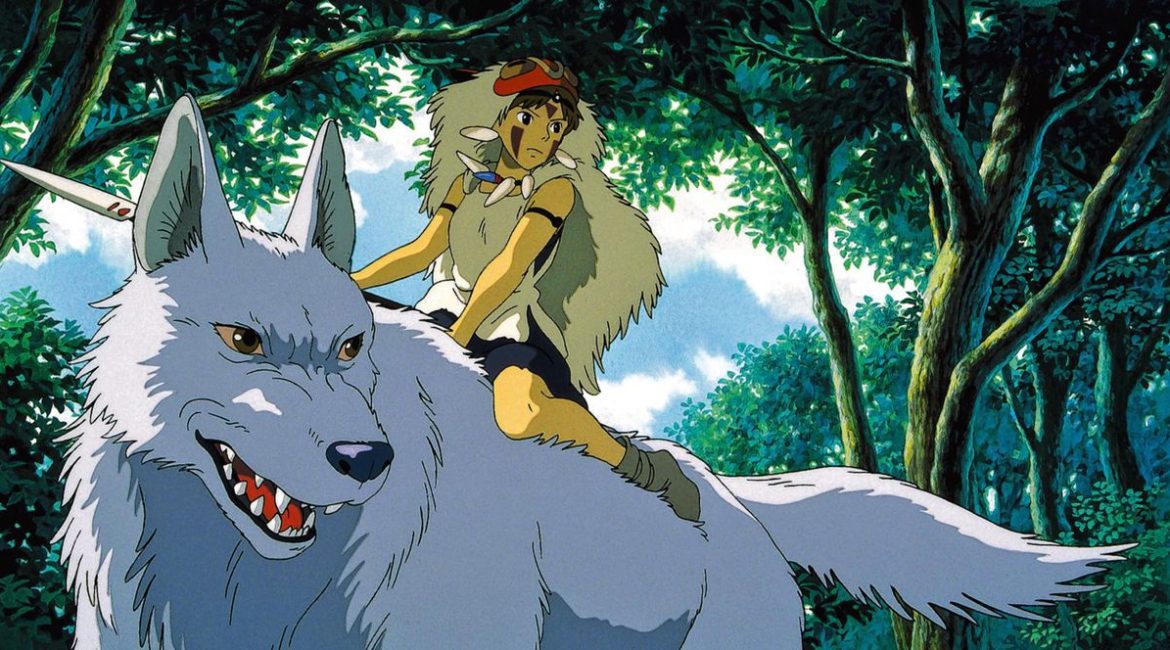Scavengers Reign is an animated sci-fi show like no other. Where so many sci-fi shows are drilling down into characters through bits and multiversal hijinks, Scavengers Reign moves with gradual ferocity, constantly pulling back to remind us these characters are just one small speck in the wider, weird world of Vesta — a singular world they are decidedly stuck in. The flora and fauna of the alien planet are at once indifferent to their presence and a constant threat, always squelching and globbing and growing around them with untamed abandon.
That neat and fearsome world, for all its distinctiveness, does evoke other works. As co-creator Joe Bennett tells Polygon, the goal was always to not mirror those influences so much as let them inform something weird and new. “[They] were almost kind of subconscious,” Bennett says. “You’re going to be influenced by it no matter what, so we try to make a conscious effort to [separate] — we’ve been drawing like that our whole lives.”
Still, the names he cites are a great place to head if you’re eager for a season 2 of Scavengers Reign and itching for more like it. Here are some other works Bennett said provided some fodder for the look and feel of Scavengers Reign.
Hayao Miyazaki
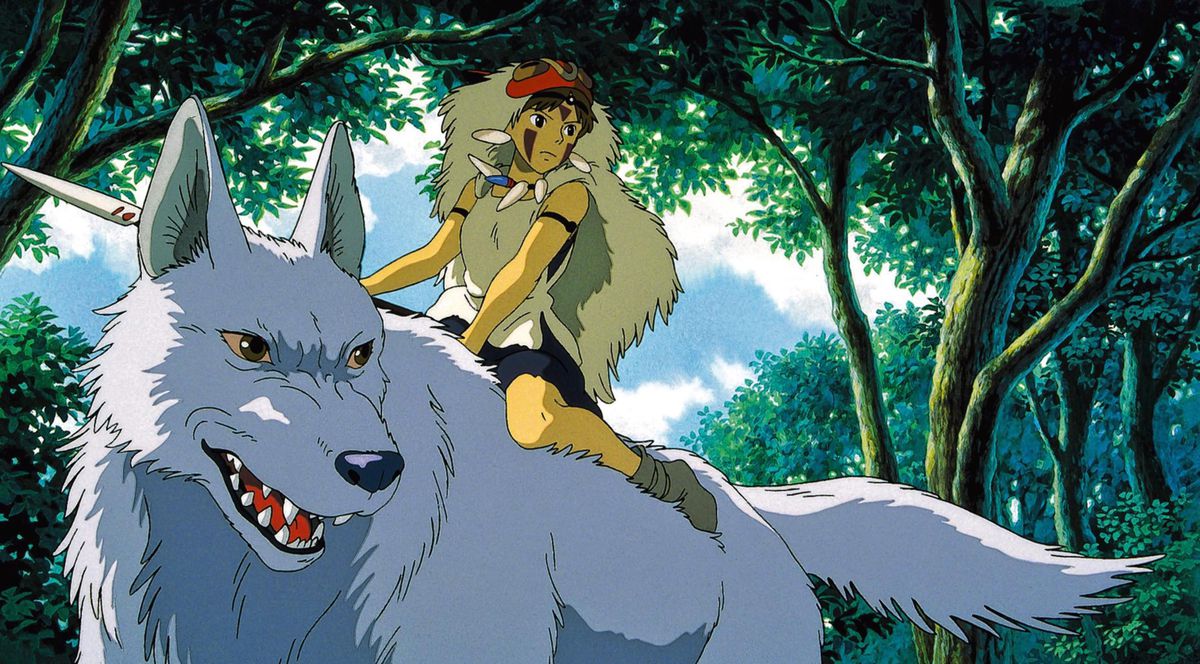
It’s no surprise that the GOAT, Hayao Miyazaki, is someone Bennett says inspired the vibes of Scavengers Reign. The anime legend has long woven themes of environmentalism into his work, and, like some of the aliens on Vesta, isn’t always so fond of humanity. Miyazaki’s landscapes background his stories — shifting and breathing with a heartbeat of their own, chock-full of vivid colors and whimsical details — and seem totally in keeping with the feel of the series.
Still, it’s the way Scavengers Reign challenges us to rethink our relationship with nature as something beyond a friend-or-adversary binary that feels the most relevant to Miyazaki’s influence on the show. Movies like Nausicaä or Princess Mononoke encourage the same impulse that Scavengers does, asking the viewer to understand themselves as just one small part of the larger ecosystem around them. —Zosha Millman
Mœbius
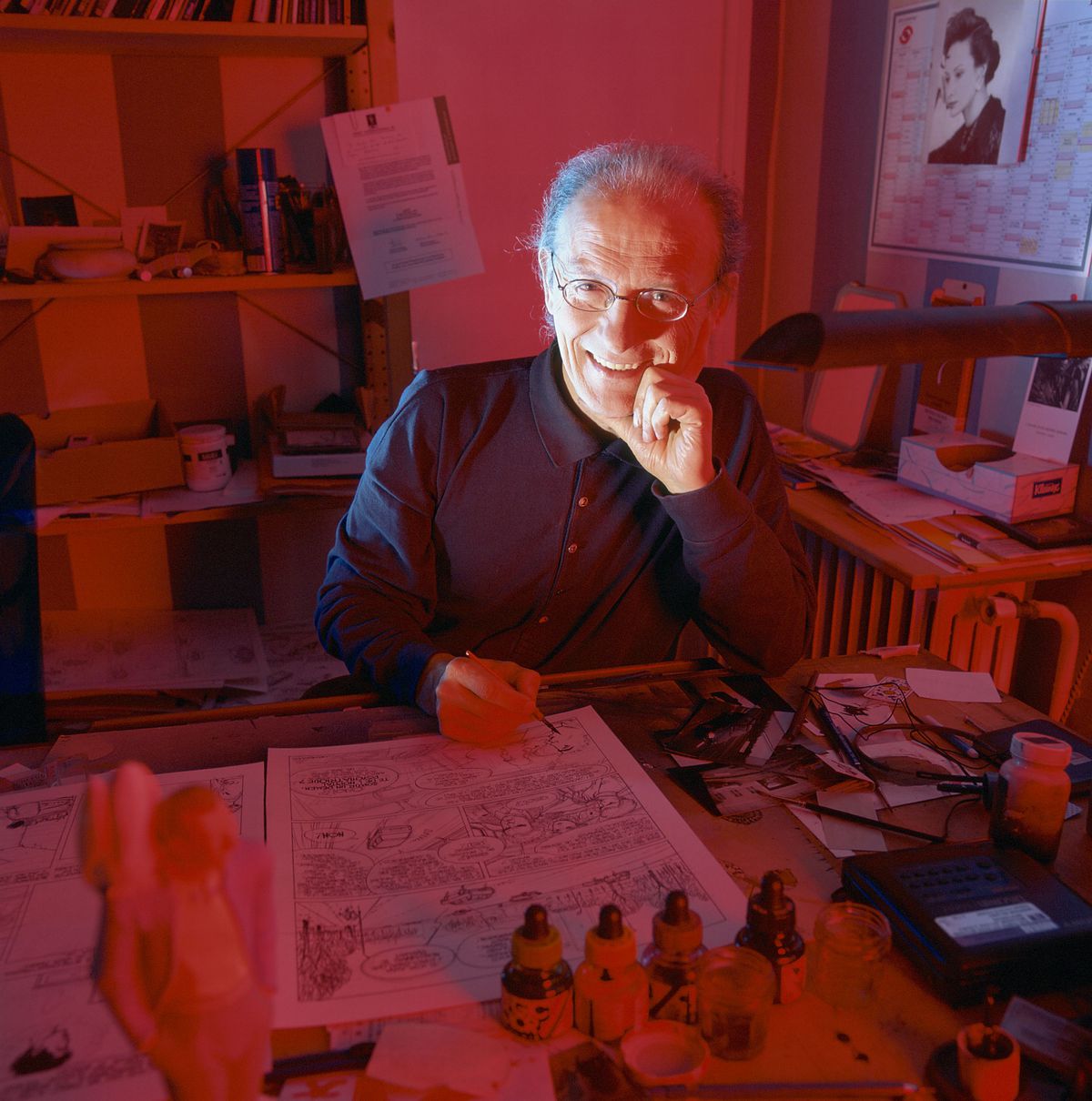
The works of French comics artist Jean Giraud are imaginative and expansive, and quite often surreal. Like Scavengers Reign, his fantastical worlds volley between high levels of minute detail and gloriously vast big pictures. If you’re not familiar with his comics work — like Blueberry, Mœbius, or Arzach — you might still have encountered his work in other ways: He contributed storyboards and concept designs for films like Alien, Tron, and The Fifth Element. Meanwhile, Ridley Scott called him a key influence on the look of Blade Runner, while Miyazaki (a good friend of Giraud’s) was sad he encountered Azrach after already developing his own style, so he couldn’t use Giraud’s influence to enrich his work more. (Still, he adds: “Even today, I think it has an awesome sense of space. I directed Nausicaä under Mœbius’ influence.”) —ZM
Satoshi Kon
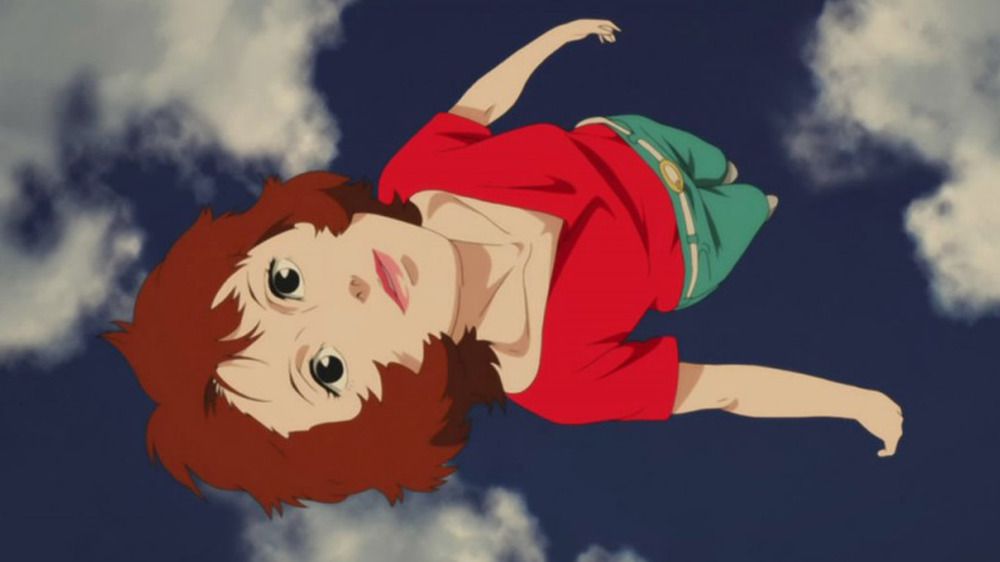
The late king of anime psychological thrillers, Kon’s small but wildly influential oeuvre is a cornerstone for artists that look to marry the nigh-limitless potential of animation with hauntingly real and human thematic weight. While all of his works are worth exploring (or revisiting!), the two that feel most relevant to Scavengers Reign are Paprika, a bright and colorful work about the hunt for a dream terrorist invading the subconscious of people while they sleep, and his only TV series, Paranoia Agent
Masaaki Yuasa
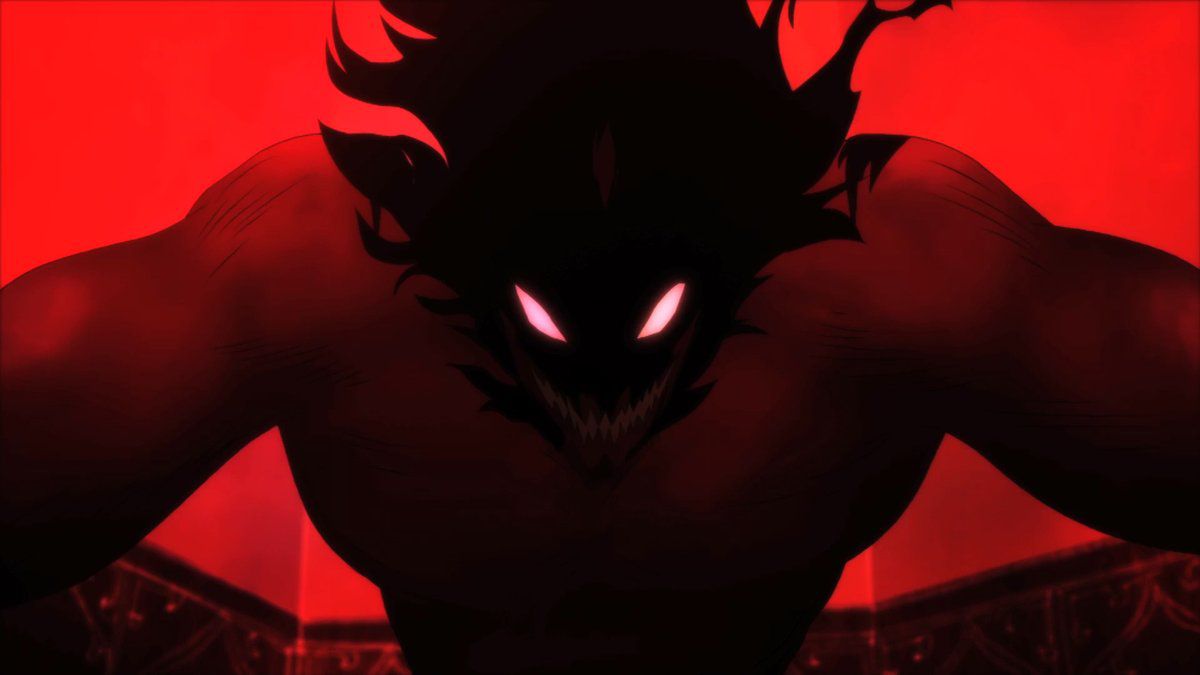
While Masaaki Yuasa’s vast and varied work in film and television is just as rich and full of ideas as others on this list, you’ll see most of his influence in the limitless approach to imagining what the world of Vesta looks like. Scavengers Reign certainly has more rules it abides by, but it shares a spirit of wild whimsy, where every new creation is a misunderstood friend or the most horrifying thing you’ve ever met. Those looking to dive in have two avenues: Those that vibe with the visual head trip of Scavengers Reign should check out his early series Kaiba or The Tatami Galaxy, as well as his feature debut, Mind Game. If, however, the more wrenching emotional beats and memorably animated violence are what you want more of, try Devilman Crybaby (perhaps the most devastating show you can watch) or the bleak Japan Sinks: 2020. —JR
René Laloux
Fantastic Planet is the kind of film that imprints itself on everyone who watches it. René Laloux’s cult-hit magnum opus remains a touchpoint for lovers of weird and wonderful science fiction, introducing viewers to the strange planet Ygam and hardly bothering to explain anything on it. You can see it reflected Scavengers Reign’s fixation on depicting Vesta’s food chain, and its characters’ terrible unfamiliarity with it. Both key into one of the genre’s brightest appeals: the terrible yet enlightening feeling that comes with contemplating your smallness in the universe, and the hubris of thinking any of it ought to make sense to you. —JR
Primitive Technology
Not all of the inspirations Bennett cites are animated. In fact, what he calls a “massive” influence came from the YouTube channel Primitive Technology, where John Plant builds tools and structures completely out of materials found in the wild. (Plant has specified that it’s a hobby, as he does live in a modern house and eat modern food in Queensland.) The procedural and ASMR nature of the channel is what spoke to Bennett the most.
“You kind of see every process as he’s going through — up to like, for instance, if he’s like, building a hut, and then he gets to the point where he’s making the house, he’s making tiles. And so he grabs the mud, and he’s like, shaping the mud. He’s got to build the mold, so that’s like taking a piece of bamboo and opening it up, and he makes the wet mud. But then he’s like, I gotta burn it. I’m gonna make a kiln to do that,” Barnett says. “The process is crazy. By the time you’ve finished watching it, it’s so satisfying; it really feels great.
“And you’re hearing just the sound of nature. There’s no added ingredients. It’s just so stripped-down basic.” —ZM
